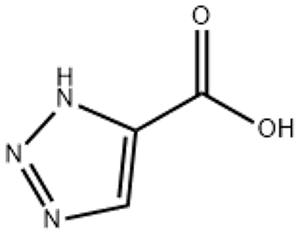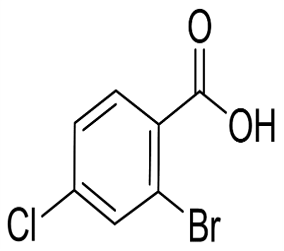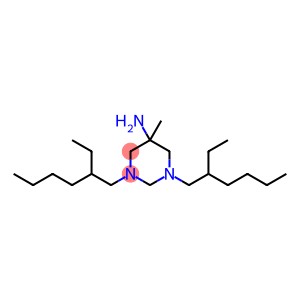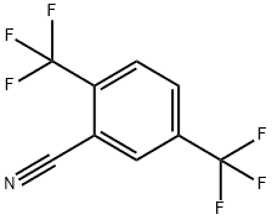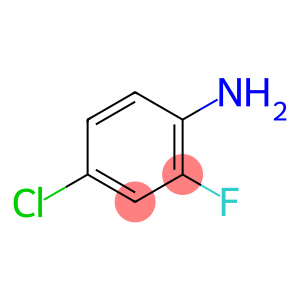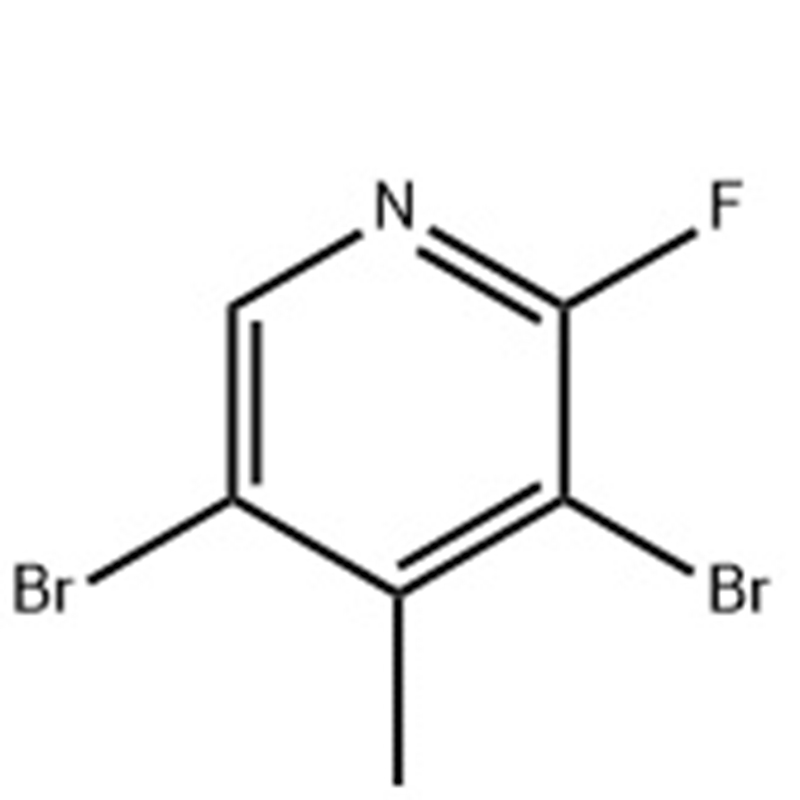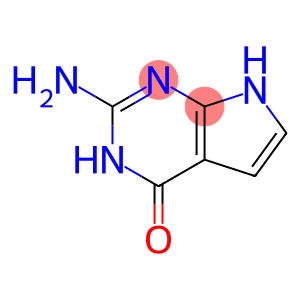1 2 3-TRIAZOLE-4-CARBOXYLIC ACID(CAS# 16681-70-2)
Risk and Safety
| Hazard Symbols | Xi – Irritant |
| Hazard Class | IRRITANT |
1 2 3-TRIAZOLE-4-CARBOXYLIC ACID(CAS# 16681-70-2) Introduction
Uses: 1,2,3-TRIAZOLE-4-CARBOXYLIC ACID has a wide range of applications in organic synthesis. It can be used as a synthetic raw material for plant growth regulators, pesticides, pharmaceutical intermediates, and dyes, pigments and polymer materials.
preparation method: 1,2,3-TRIAZOLE-4-CARBOXYLIC ACID preparation methods are various, commonly used methods include the following:
1. Starting from triazole, after a multi-step reaction conversion synthesis.
2. Obtained by the reaction between triaminoguanidine and dicarboxylic acid.
Safety information: The chemical properties of 1,2,3-TRIAZOLE-4-CARBOXYLIC ACID make it dangerous. During operation, corresponding protective measures should be taken to avoid contact with skin and eyes. Keep away from ignition and oxidizing agents during storage and transportation. In addition, it should be stored in a dry, well-ventilated place to avoid mixing with other chemicals. In the case of accidental leakage, appropriate cleaning methods should be taken to avoid the formation of flammable or explosive gas mixtures. When using or handling this compound, it is recommended to refer to the relevant safety guidelines and follow the correct laboratory practice.


